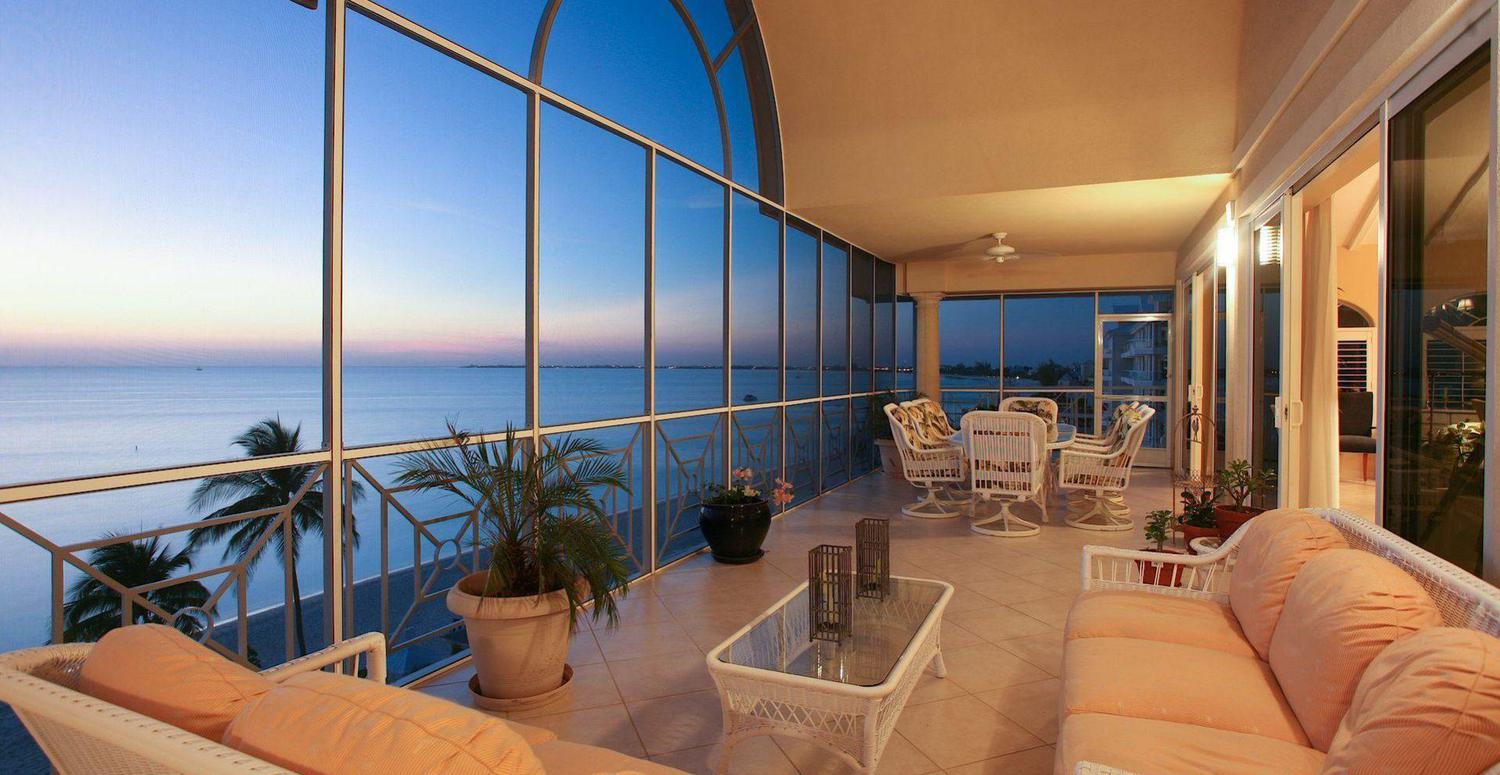The financial services industry in the Cayman Islands is well positioned to support this class of digital assets with both decentralised and centralised economic models.
The financial services industry in the Cayman Islands is well positioned to support this class of digital assets with both decentralised and centralised economic models. The VASP Act has introduced a framework to regulate digital assets and ensure that any risks associated with such activities are analysed and mitigated, that any benefits are realised in a manner consistent with a well-regulated financial services jurisdiction and that sensible measures are developed for blockchain innovation to thrive. The general procedure to purchase, transfer and store a crypto asset(s), is as follows:
(i) Purchase: Open an exchange account (e.g. Bitfinex, Uphold or Coinbase) and fund this account with a fiat currency.
(ii) Transfer: The most secure way to store cryptoassets is within an application known as a digital wallet. Leading examples include hardware wallets such as Ledger or Trezor, and hot wallets like MetaMask for Ethereum cryptoasset storage solution. The wallet has a deposit key which appears as a random set of characters. This is known as your public key (comparable to a username). The exchange will have a withdrawal function requiring your public key to send blockchain transaction instructions, moving cryptocurrency under the control of the user’s public-private key pair to a chosen recipient address. Once the transaction is executed on the exchange, a global network of computers (representing the decentralised governance) will process the transaction and publicly confirm its successful completion.
(iii) Store: Your cryptoasset is now stored under the control of your public-private key pair. The keys are held in your digital wallet while the cryptoassets remain on their relevant blockchains, ready for you to make purchases to another wallet or initiate further transfers.
Anyone looking to secure large values of cryptoassets should first speak to a technical expert as transactions are effectively irreversible and security standards and features are constantly being updated and improved. It should also be noted that cryptoassets are volatile, and may fluctuate significantly in value.
For more information on Fintech please see this page.




